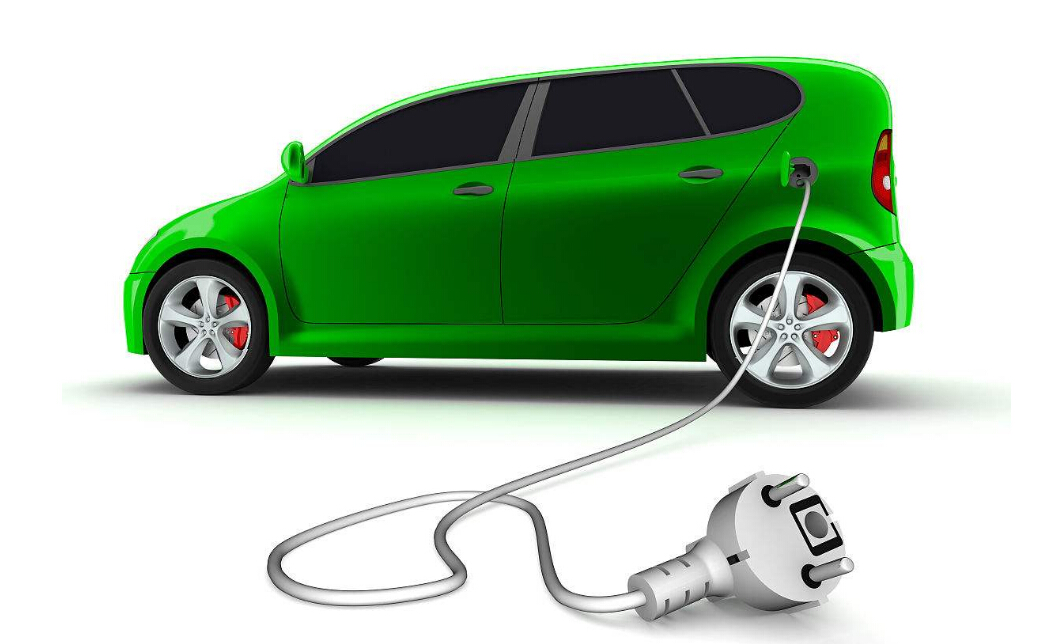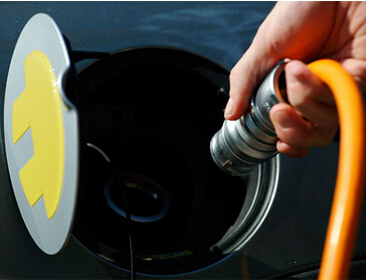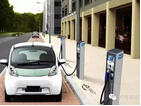Promising technology and cost constraints
In recent years, hydrogen fuel vehicles have developed rapidly around the world. According to the “Research Report on the Future Trend of Hydrogen Energy” released by the International Hydrogen Energy Committee in November 2017, the demand for hydrogen energy will be ten times higher by 2050. It is estimated that by 2030, the global fuel cell passenger car will reach 10 million to 15 million.
China's "13th Five-Year Plan for the Development of Strategic Emerging Industries" proposes to systematically promote the research and development and industrialization of fuel cell vehicles, and by 2020, realize the mass production and scale demonstration of fuel cell vehicles. The Energy and New Energy Vehicle Technology Roadmap defines the timetable. By 2020, 2025 and 2030, the development targets of China's fuel cell vehicles are 5,000, 50,000 and one million respectively
Chen Qingtai said that in 2017, the national fuel cell commercial vehicle production reached 1,226 units, and fuel cell electric vehicles began to enter the trial operation stage. Fortunately, China's large energy companies have begun to enter high-profile, have incorporated hydrogen into their development strategies, and increased investment in hydrogen energy technology. Hydrogen fuel cell-related components and specialized companies are also growing rapidly.

The third level is the business model, that is, the scene is closed. “The use scene of hydrogen fuel cell vehicles with a long cruising range of more than 300 kilometers is more advantageous. From the perspective of hydrogen production, storage and filling, it is more scientific and reasonable to concentrate the hydrogen refueling station within 100 km of the hydrogen production site.” Zhang Xiyong It is said that hydrogen fuel cell vehicles are more suitable for long-distance and small-scale logistics, such as buses, shuttle buses, shuttle buses, and taxis.
At present, there are about 12 hydrogenation infrastructures operating in China. Academician of the Chinese Academy of Engineering, Gan Yong, believes that although China's hydrogen refueling station is currently small, it has exposed some problems. China's hydrogen refueling stations are still unable to achieve rapid hydrogenation in accordance with international standards for 3-5 minutes, failing to meet commercial operation standards; the selection of key equipment such as compressors and hydrogenation machines is low-cost and cannot meet long-term continuous and reliable operation requirements...
















 RCCN WeChat QrCode
RCCN WeChat QrCode Mobile WebSite
Mobile WebSite







